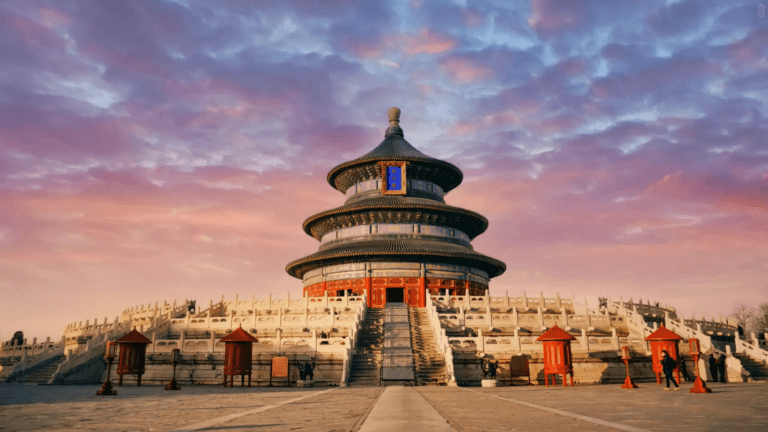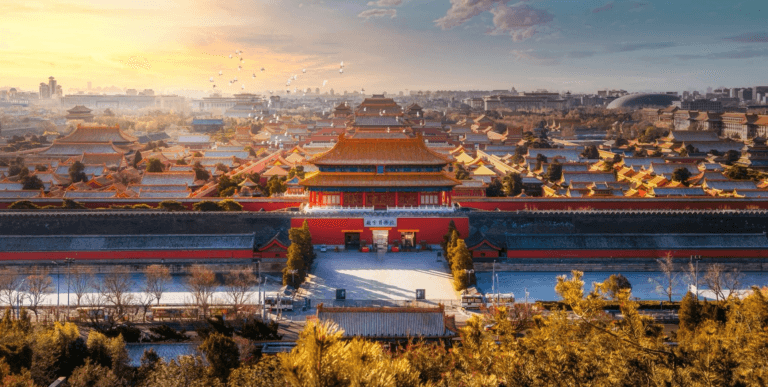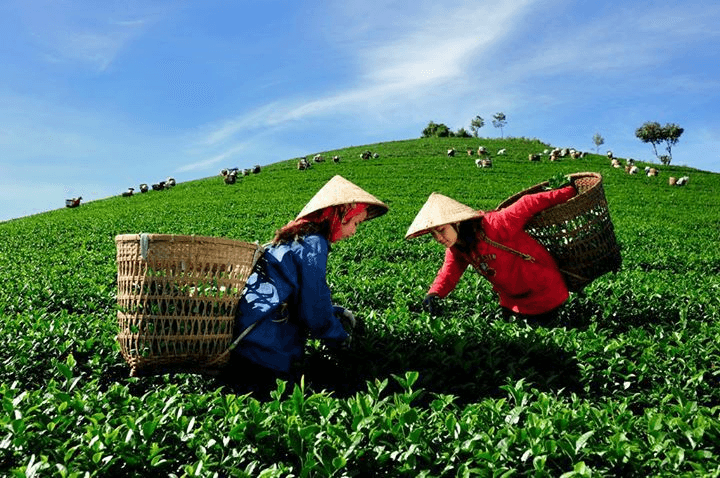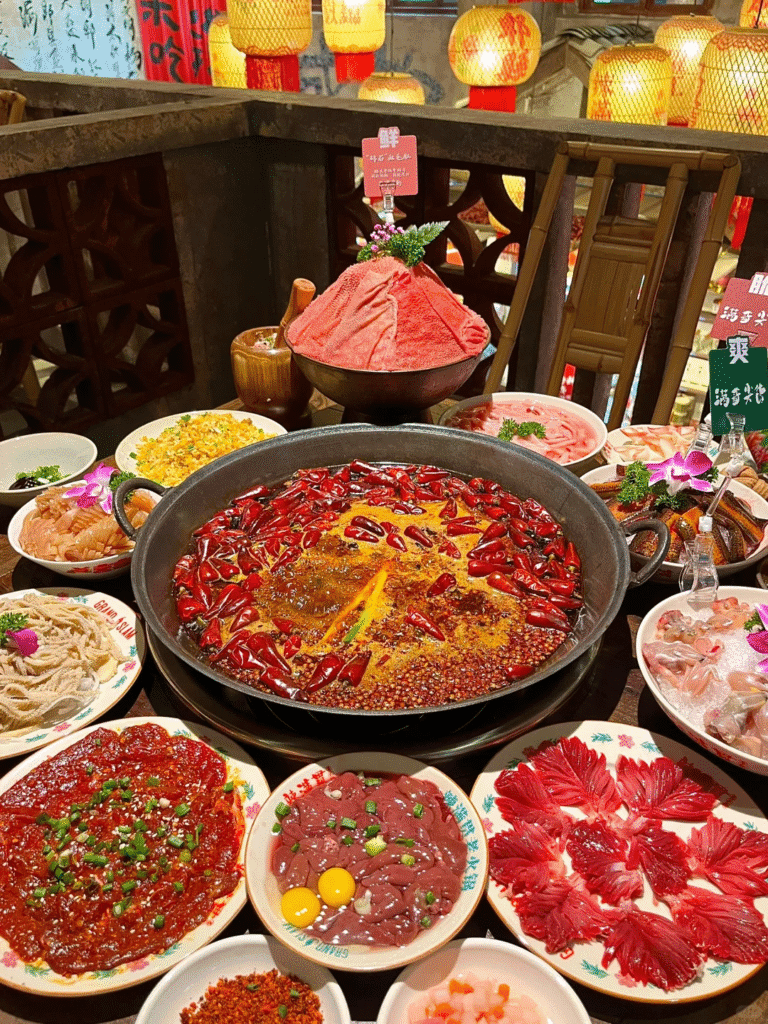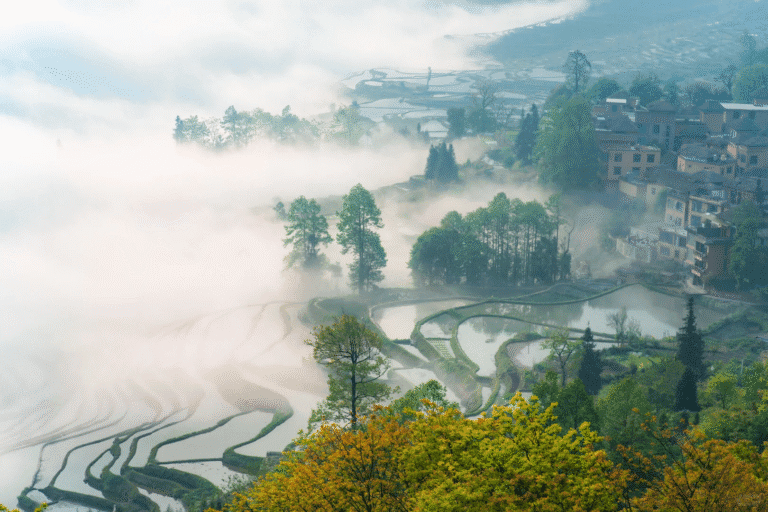China is a country of vast landscapes and rich traditions, meaning there’s no single “perfect” time to visit. Instead, the best season for your trip depends on what you want to see, do, and feel. From blooming spring gardens to crisp autumn air, from vibrant festivals to serene off-season escapes — China offers something unique in every month.
1. China’s Climate Overview
China spans multiple climate zones, from tropical beaches in Hainan to snowy mountains in the north.
Here’s a quick seasonal breakdown:
- Spring (March–May): Mild weather, blooming flowers, fewer crowds. Perfect for cultural sightseeing and nature walks.
- Summer (June–August): Warm to hot weather; ideal for exploring grasslands, high-altitude regions like Tibet, and seaside escapes.
- Autumn (September–November): Comfortable temperatures, golden foliage, and clear skies — considered by many the best season overall.
- Winter (December–February): Cold in the north, but excellent for skiing, snow festivals, and visiting southern China’s mild regions.
2. Best Months to Visit China
While you can enjoy China year-round, these periods often strike the best balance between weather and experiences:
- Late March to Early June: Pleasant temperatures, cherry blossoms in the east, and fewer crowds before summer holidays.
- September to Early November: Crisp air, stunning autumn colors in places like Jiuzhaigou, the Great Wall, and Guilin’s karst landscapes.
Tip: Avoid the first week of October (National Day Golden Week) when travel demand peaks.
3. Major Festivals and Cultural Highlights
Traveling during festivals can add unforgettable moments to your journey — but also means more crowds and higher prices. Plan wisely:
| Festival | Month | Highlights |
|---|---|---|
| Chinese New Year | Jan/Feb | Dragon dances, fireworks, family reunions. |
| Qingming Festival | Early April | Tomb-sweeping traditions, spring outings. |
| Dragon Boat Festival | June | Boat races, sticky rice dumplings. |
| Mid-Autumn Festival | Sept | Mooncakes, lantern displays. |
| Harbin Ice & Snow Festival | Jan–Feb | Ice palaces, winter sports. |
4. Regional Considerations
Different parts of China shine in different seasons:
- Beijing & Northern China: Best in spring and autumn to avoid extreme heat or cold.
- Shanghai & Eastern China: Spring for blossoms, autumn for clear days.
- Yunnan & Southwest: Dry season (Nov–Apr) offers the most pleasant weather.
- Tibet: May–Oct for accessible roads and warmer high-altitude days.
- Hainan Island: Winter escape with tropical beaches.
5. Travel Tips for Timing Your Trip
- Book in Advance for Festivals: Train tickets, hotels, and flights can sell out fast.
- Check Air Quality: In winter, some northern cities may experience smog. Apps like AirVisual help track real-time conditions.
- Pack for Layers: China’s vast geography means you may experience multiple climates in one trip.
- Consider Shoulder Seasons: Late spring and early autumn offer the best compromise between weather and crowds.
6. Quick Summary Table
| Season | Weather | Pros | Cons |
|---|---|---|---|
| Spring | Mild, blooming | Fewer crowds, flowers | Occasional rain |
| Summer | Hot/humid | Festivals, mountain escapes | Heat, peak season |
| Autumn | Clear, mild | Best for hiking, scenery | Popular with tourists |
| Winter | Cold (north), mild (south) | Skiing, lower prices | Cold in most areas |
Final Thought:
There’s no “wrong” time to visit China — only different adventures waiting in each season. Whether you’re drawn to the buzz of Chinese New Year, the romance of falling ginkgo leaves, or the serenity of snow-covered temples, your journey can be tailored to match the perfect moment.





